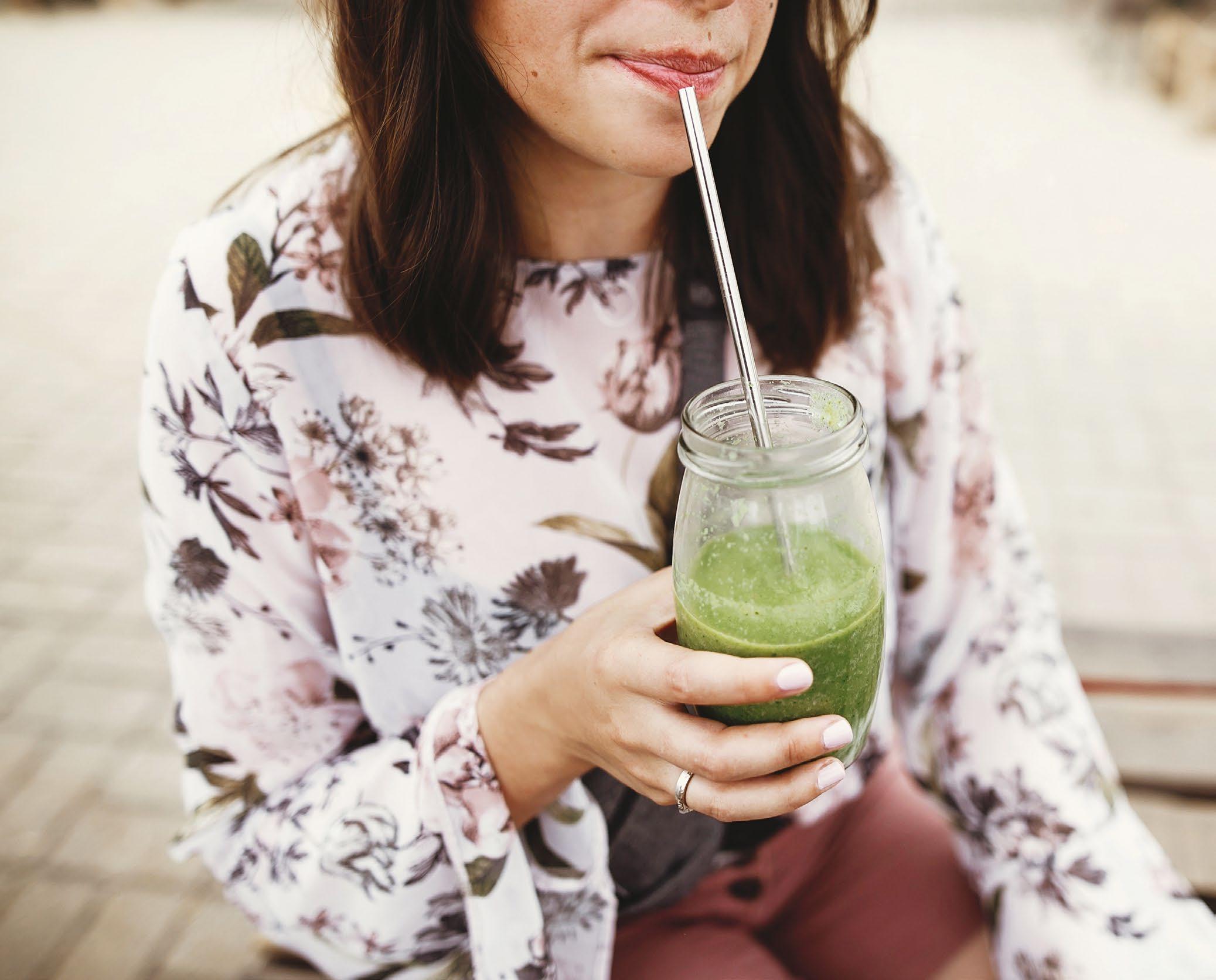
3 minute read
The case FOR STRAWS
The drive to ban single use plastic straws gained much of its momentum from one powerful video.
When footage of a sea turtle with a straw stuck up one of its nostrils went viral, people were horrified, and for good reason.
The growing movement led to companies like Starbucks relinquishing straws, and in New Zealand many cafés and restaurants have swapped their plastic straws for paper ones.
It’s easy to see why change has come about more swiftly than other environmental measures.
People can pat themselves on the back for doing their bit, without experiencing any real sacrifice.
However, it’s a different story for those in the disabled community as well as many elderly people.
Weakness, paralysis, swallowing problems or involuntary movements mean that using metal, bamboo, glass, acrylic, paper or pasta straws can add a higher risk of injury or choking.
These straws are difficult to position and keep in place.
“Targeting plastic straws has the unintended consequence of causing
A move away from plastic has led to changes in many products and habits, including drinking straws. But not all straws are created equal, says Angelique Kasmara.
harm to disabled people that use them,” says Disabled Persons Assembly chief executive Prudence Walker.
The harm is twofold, she says. "Firstly it reduces disabled people’s access to a necessary aid that enables them to hydrate independently and with dignity." "Secondly, by targeting plastic straws over other single use plastic, and the rhetoric often heard around straws of 'well, no one really needs them anyway', it indicates to the disabled community that their voice is again being unheard, or is being wilfully ignored."
There are many ways we can make our environment more sustainable without prioritising those that can negatively affect disabled people, says Prudence.
The bendy single use plastic straw remains the yardstick as a great example of universal design.
It’s extraordinarily useful for the very young, the very old, and those who have difficulties with swallowing.
Initial sales of the 'Flex-Straw', invented by Joseph B Friedman in the 1930s, was mostly to hospitals.
Nurses realised that bendy straws could help bedridden patients and were much safer than the glass tubes which were in common use at the time.
Making the best choice Unfortunately there is not yet a viable alternative to plastic straws that is accessible to all disabled people, says Prudence.
“What is more, reusable straws need to be frequently and thoroughly washed and sterilised, a process which in itself isn’t accessible to many disabled people.”
The DPA states that some alternative straws do work for some disabled people – but these are individual solutions that need to be explored by individuals rather than a one size fits all approach.
Finding an alternative is largely a case of trial and error after considering the various qualities of each alternative.
Hospitality recommendations “An inclusive restaurant or café supplies plastic straws,” says Prudence.
“A good option for a restaurant that values both environmental sustainability and social justice is to provide a stock of both plastic straws and an alternative such as paper, in a place easily accessed by customers." "This gives customers choice, and doesn’t stigmatise those who need to use a plastic straw.”
Types of Straws
Metal Possibly the most environmentally sustainable product, but arguably the most unsatisfying to actually use. They are solid and durable, but lack flexibility and have been known to cause serious injury and even death.
Paper The most environmentally friendly single use option. These are nonflexible, and likely to get soggy quickly.
Pasta To be avoided if you have a gluten or wheat allergy. It’s a sturdy product, however, and you can boil it and eat it afterwards - in theory at least!
Bamboo Straws Very eco-friendly and biodegradable. However splinters may appear after 10 – 20 uses, and they are difficult to clean.
Reusable Plastic Straws These are found coupled with a durable cup and lid, which is handy for reducing spillage.
Biodegradable Plastic Straws Options include PLA (polylactic acid) and chitosan straws. Apparently these are just like using a plastic straw, which is a huge bonus. However, PLA only degrades quickly in a hot composter, so you don’t want them ending up in the ocean. Chitosan is made from crushed shells. Early reports suggest that these are safe for those with a seafood allergy, but apply caution in any case.










